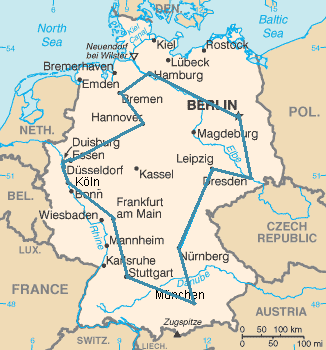“It's(Stranger Things) really a mix of a few different genres. The basic premise is a boy goes missing in a small town in the early 80s and they are trying to solve the mystery as to what happened to him. What's cool is it blends the genres together in a really interesting way. It's almost like each character is in their own movie. The mother is in a psychological thriller, the sheriff is in a conspiracy theory movie, the boys are in a coming of age movie, the teenagers are in a monster movie, and the young girl is in a sci-fi movie. Then about six episodes in, the genres and story lines begin to merge together for a really dramatic finale. If you like stuff like Stand By Me, ET, The Goonies, The Thing, Firestarter, Carrie, or Poltergeist you'll almost certainly like this.”
~ a user on reddit
~ a user on reddit
The show brings back the nostalgia of the good old days when kids would bike around and there would be these amazing amateur ham radios to play around with. Set in Hawkins, Indiana the show begins with a mother who is searching for her missing child, Will. But the plot develops into something even more sinister than just what it initially seems to be. The story revolves around the seemingly crazy mother, Joyce doing everything to re-unite with her son, the Chief of Police Jim Hopper finds his own calling. Will’s friends’, Dustin, Mike and Lucas, too are on the quest to find their lost friend in their own eccentric ways, inspired by 80s fantasy and sci-fi. The first season, spanning across eight well-crafted episodes keeps you glued to the screen. Most people have binged on it in one long session.
There are moments when that make you ponder oh they can do this and that but then you realize, oh it’s the 80s. Also, Jonathan and the mother discussing how much is it going to cost to make photocopies of the “missing” posters is one of the 80s details, with technology as such being new. In one of the scenes, the kids’ science teacher is on a ‘Netflix and chill’ date of the 80s if you will, when the kids call him late at night to answer one of their questions. Initially, hesitant, he answers the question when provoked by Dustin that he’s ‘trying to close the curiosity door’ and then goes back to business. You know it’s the 80s when the kids call their teacher to know how a deprivation tank works and is prepared. No Google.
There were many throwbacks to the days of the past. With the 80s electronica and synth background score, among other things, it is a homage to the 1980s genre films. The fashion and apparel of the characters, kids and adolescents having their room walls covered with movie posters. Old fashioned Coca-Cola advertisement clearly produced without the technology we have now. Songs by various musicians (The Clash, Joy Division) especially David Bowie’s Heroes at the end of the episode was pretty dramatic. Chief Hopper sports a fedora that reminds of Indiana Jones and who can forget the ET-like shed at the Byers’ place. The kids playing Dungeons and Dragons. There is a Jaws poster alluding to the speculation that “the thing” can sense blood. The show also links Eleven, played by the charming little lady - Millie Bobbie Brown, to Project MKUltra, a series of experiments on human subjects.
The series is shot in an excellent 80s backdrop and there is agonizing attention to detail in the cinematography. The actors have done a great job, especially the kids and the frustrated, angry and grieving mother played by Winona Ryder. Millie Bobby Brown reminds of a young Natalie Portman from V for Vendetta. Even without many dialogues her expressions and acting was top-notch, able to perfectly convey El’s emotions. I would recommend Duffer Brothers' 'Stranger Things' and would deem it as a really well produced and directed show with the cast fitting in the roles perfectly. It smells like something older and gives a nostalgic feel in a refreshing new way.








